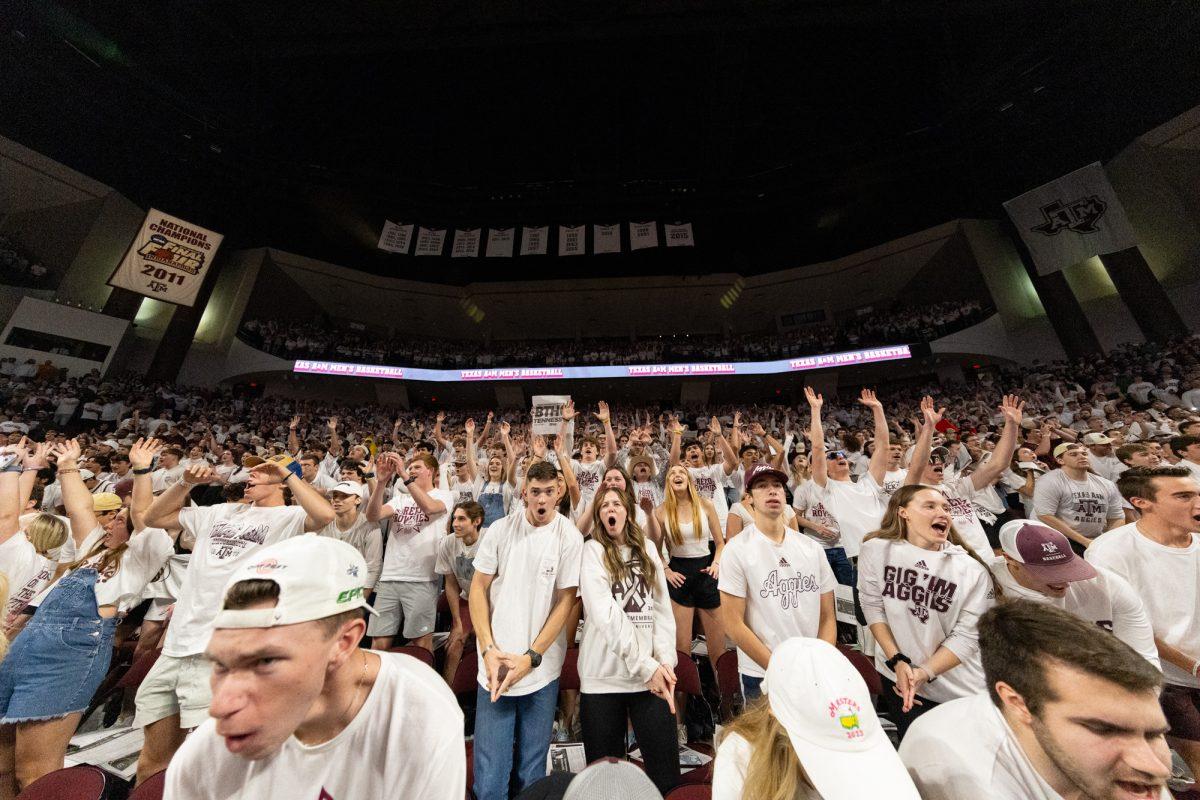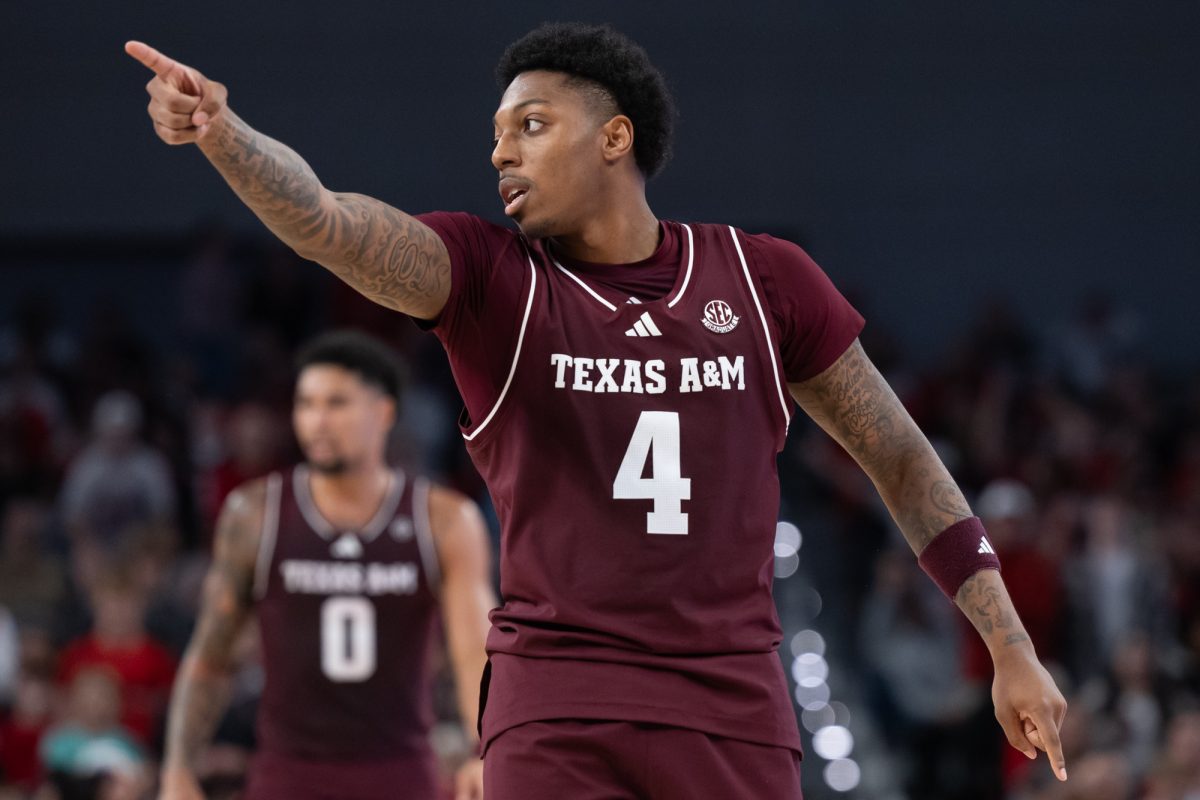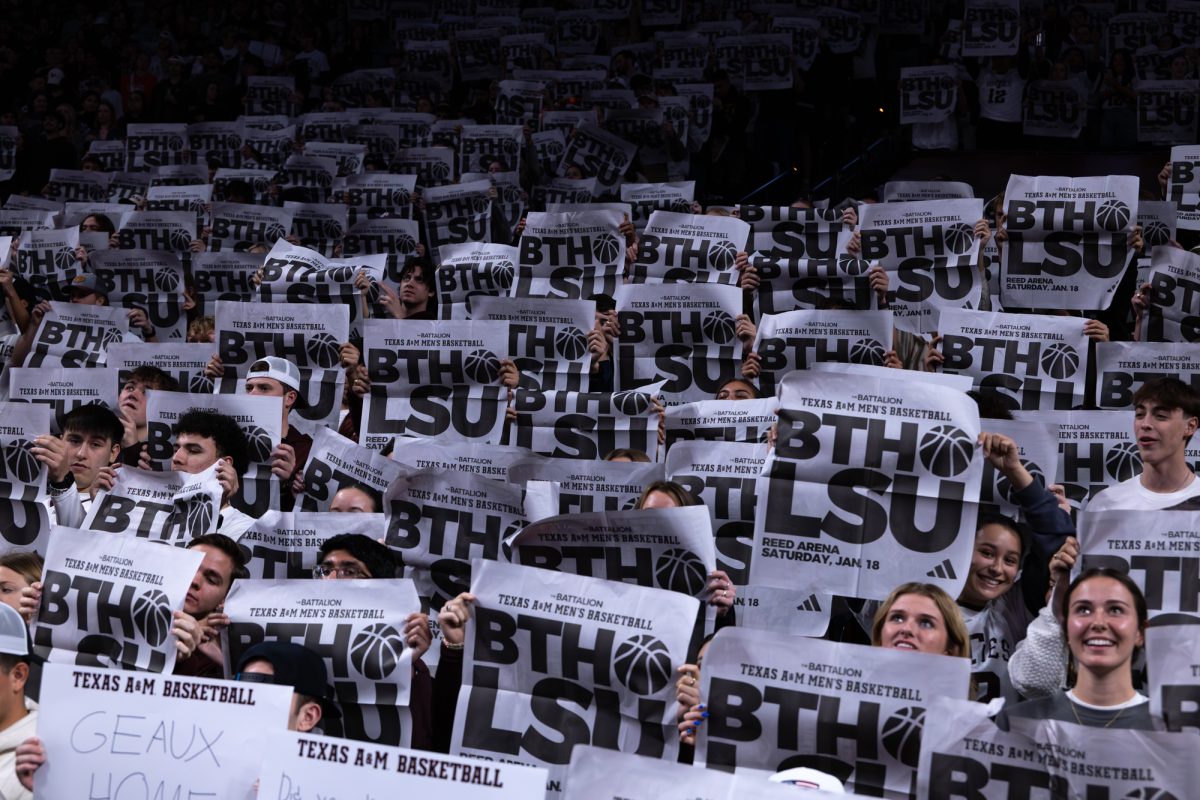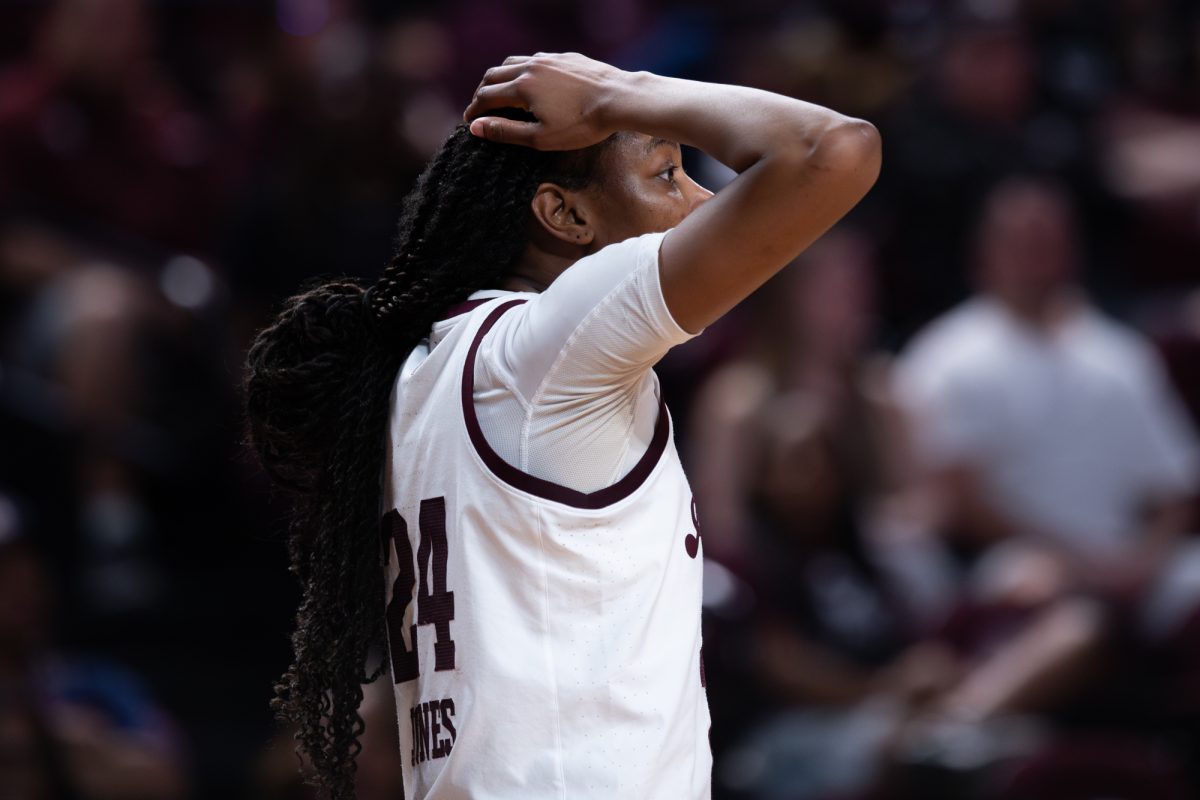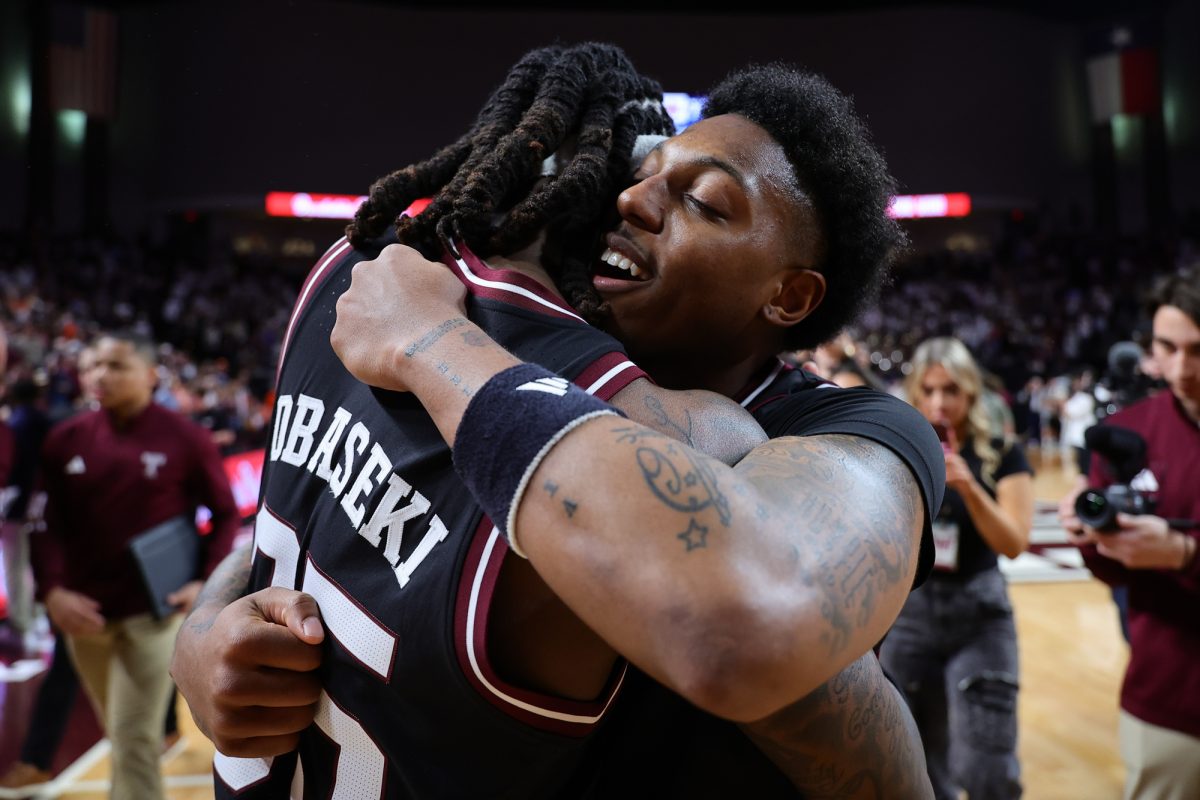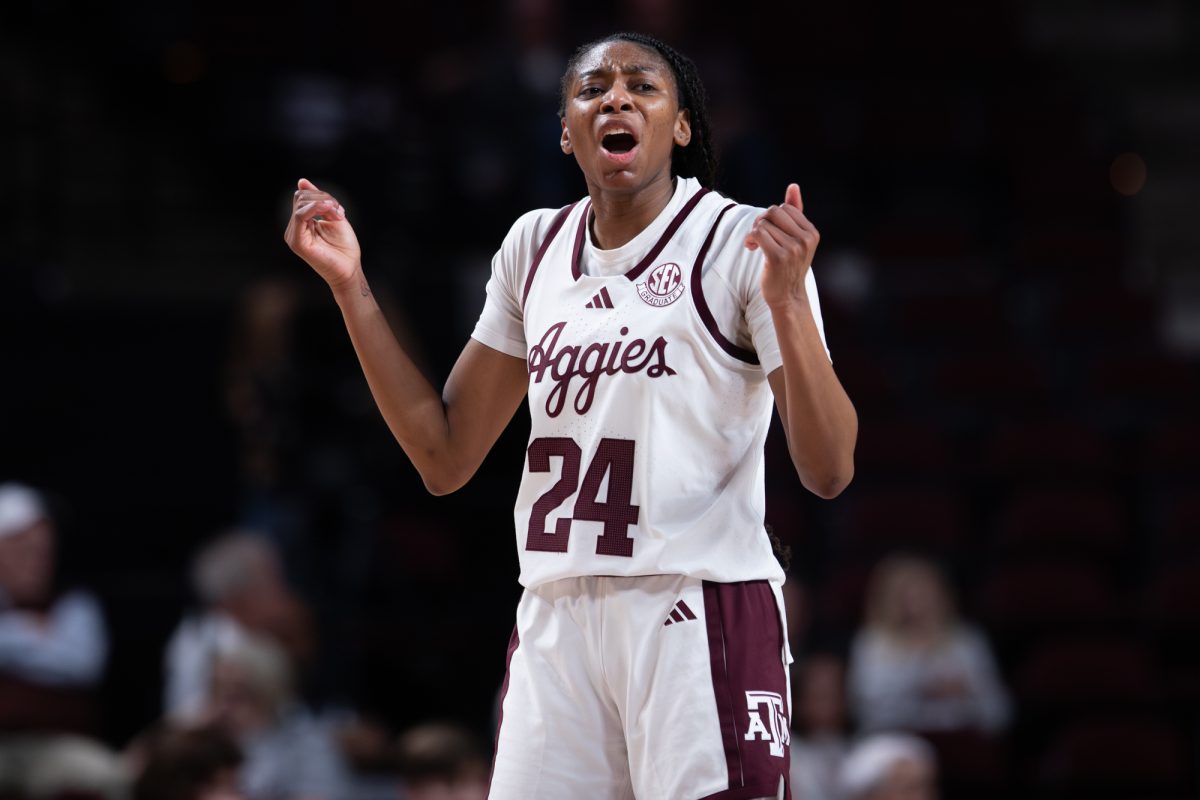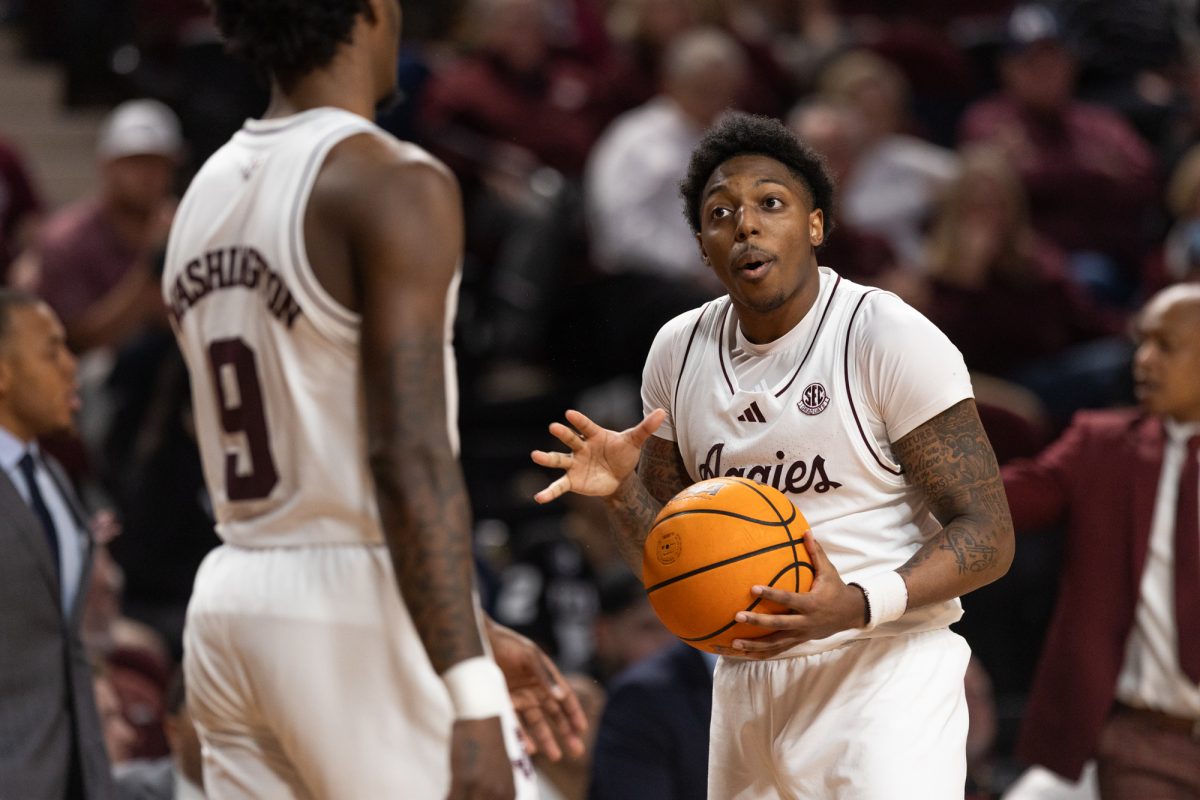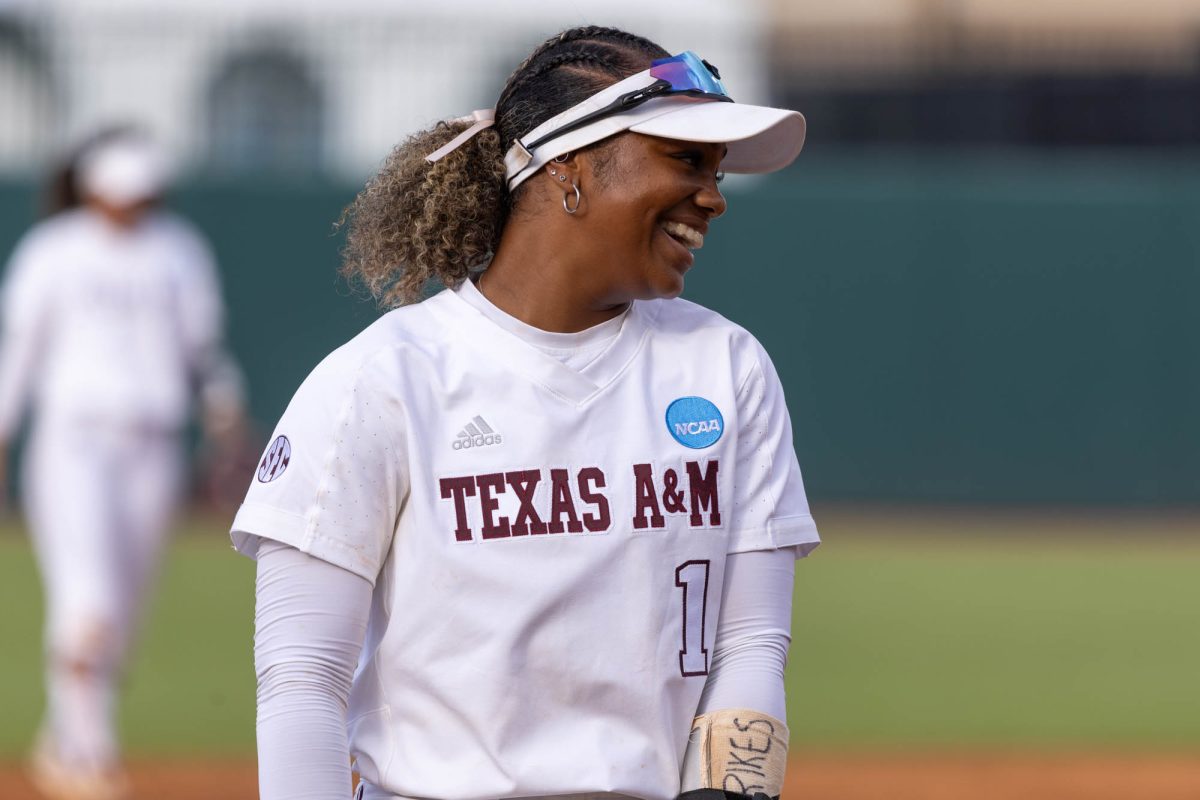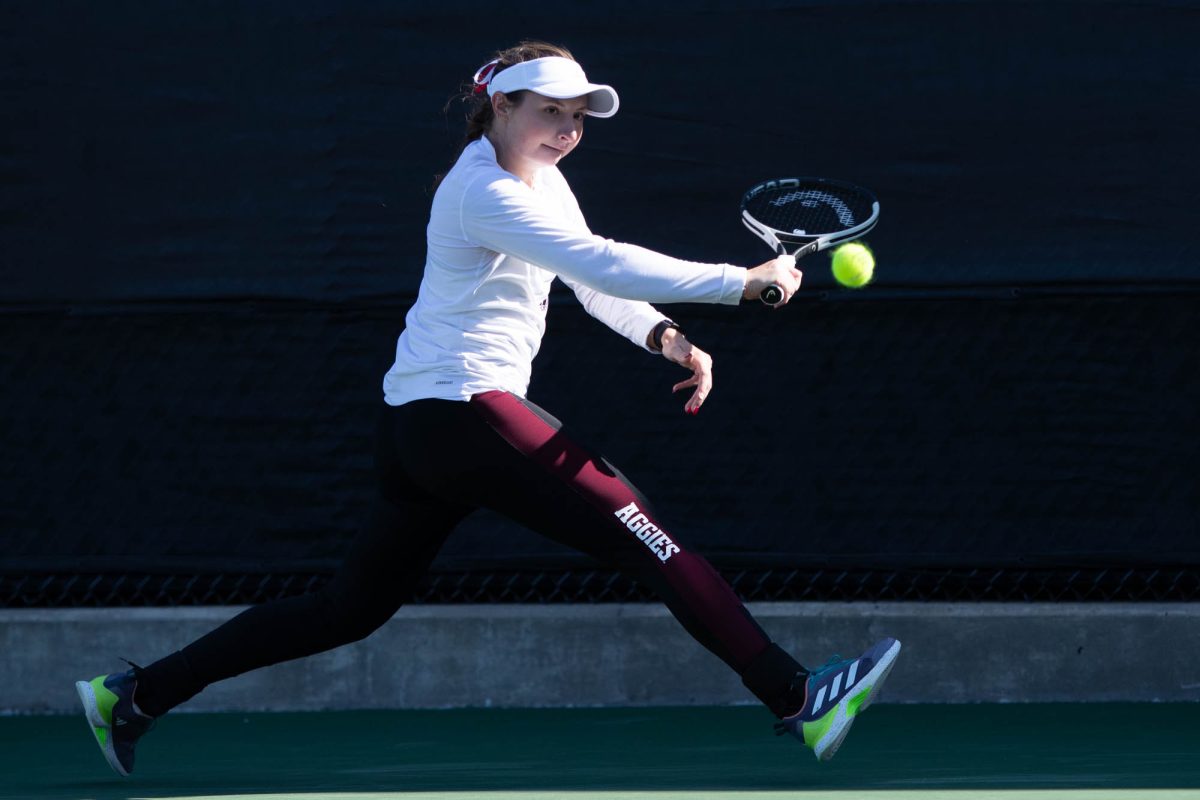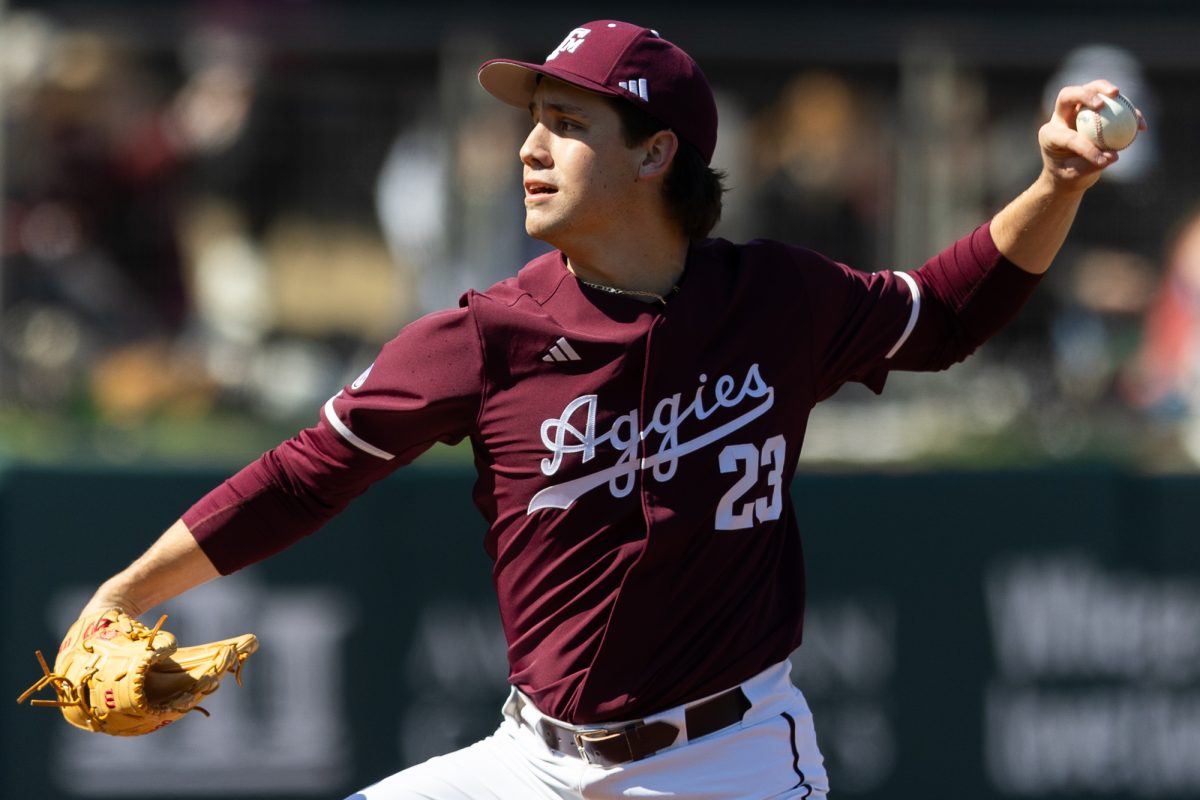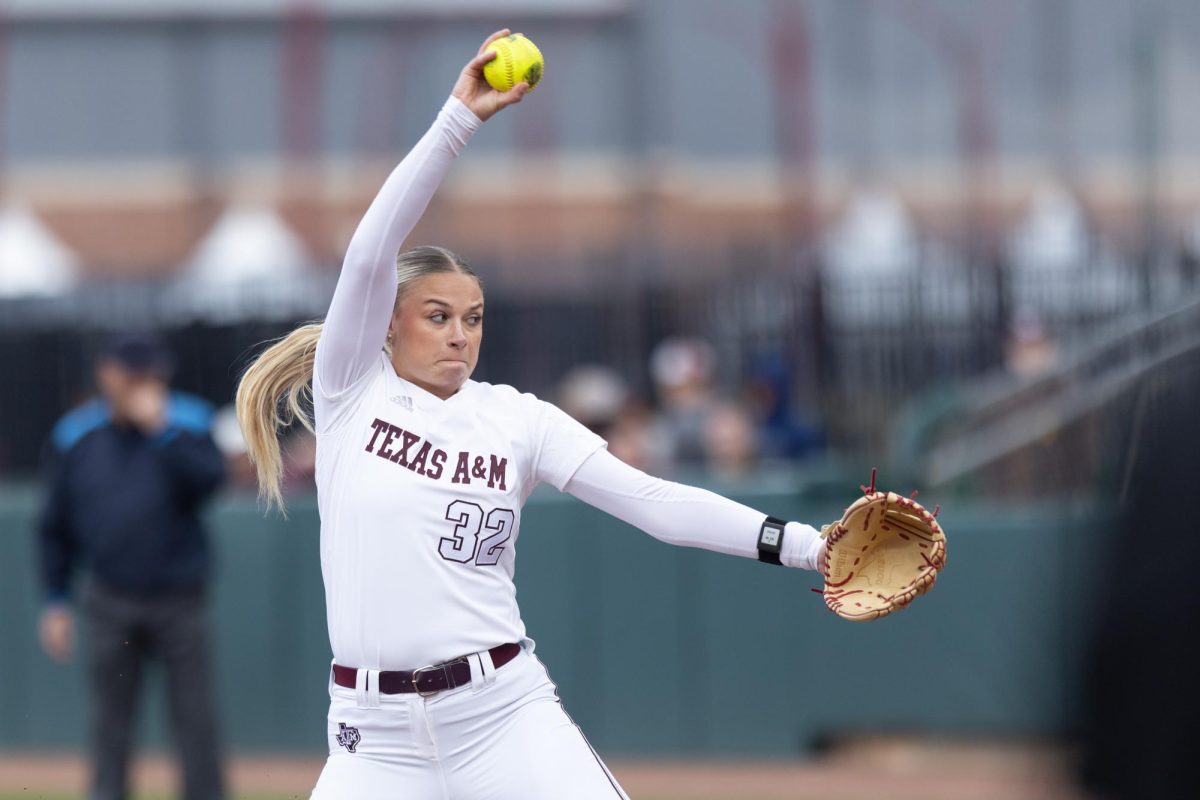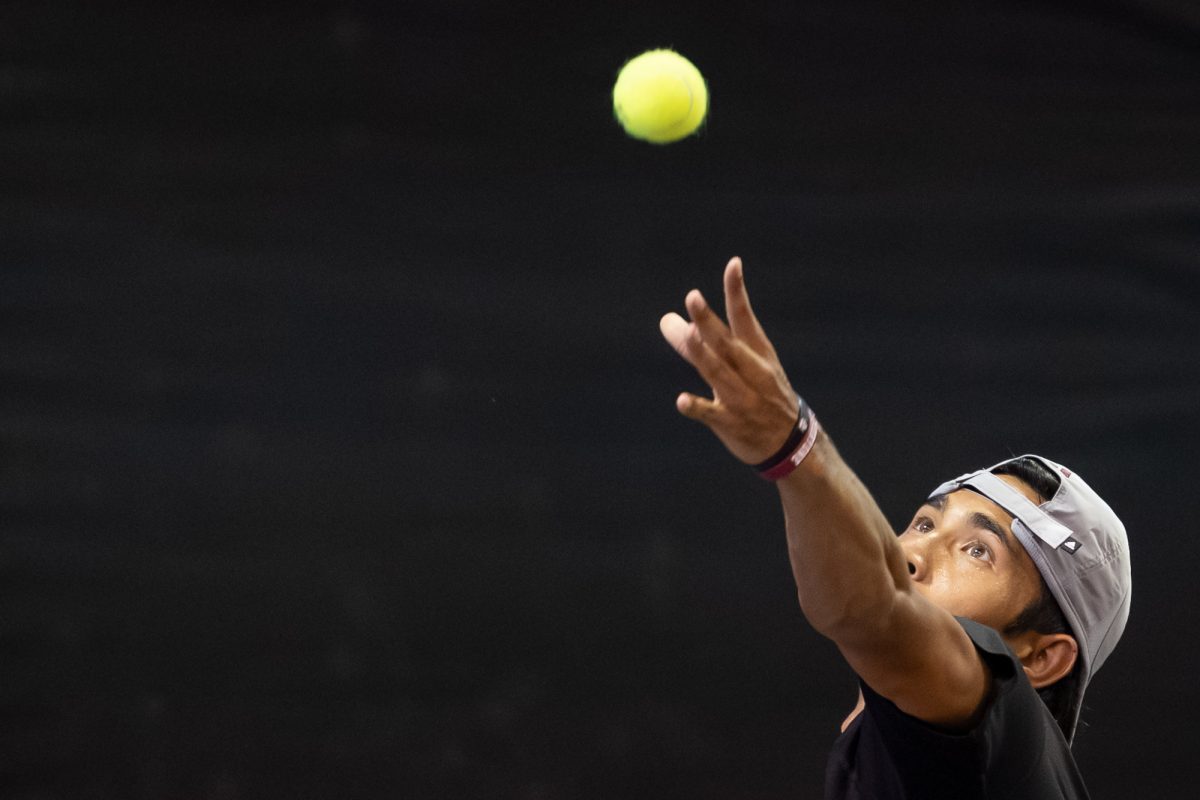Indiana’s Christian Watford’s 3-point shot to beat No. 1 Kentucky in 2011. Marquette over No. 1 Villanova in 2017. Northwestern’s win over Michigan in 2017, a team who had never made the NCAA tournament in its history up until that ticket-sealing victory.
Besides all being etched as some of the most well-known moments in college basketball history, what do all of these games have in common?
They were all followed by a court storm.
Synonymous with upset buzzer-beaters, wins over rivals and just about any victory of major relevance, court storming has been a tradition as old as hardwood and hoops itself. But now, there are those who would like to rid the game of it entirely.
“Fans don’t belong on the court,” ESPN Basketball Analyst Jay Bilas said on “Get Up.” “ … The NCAA doesn’t want it to stop and by the NCAA, I mean the member institutions. They like the visual, they take pictures of it and put it all up throughout their institutions and locker rooms and use it in recruiting.”
Bilas later went on “First Take” and offered his opinion on how this time-honored tradition should be eliminated.
“One time, all you have to do is once they’re on the court, don’t let them off,” Bilas said. “Just say, ‘You’re all detained’ and give them all citations or arrest them if you want to and then court stormings will stop the next day.”
All of this comes in response to Duke star Kyle Filipowski injuring his ankle in the midst of an upset loss to Wake Forest on the road which, expectedly, ended in a court storm.
Wake Forest takes down Duke
Kyle Filipowski got hurt in the court storm
pic.twitter.com/dDsv80mJ5d— Pardon My Take (@PardonMyTake) February 24, 2024
This, along with players like Iowa women’s basketball phenom Caitlyn Clark running into an Ohio State fan after a road loss is dredging up the dialogue of eliminating court storming.
But how many athletes have ever been actually injured during a court storm? Zero. Filipowski was cleared to play in the Blue Devils’ next game against Louisville, and Clark was never in question of missing time post-collision.
“Give me a list of college basketball players severely injured from court storming in my life,” Colin Cowherd, host of the talk show “The Herd” said. “Men’s college basketball players, on average, are 6 foot 5 and 6′ foot 6, 6 ‘8, 7-footers. They bang around for two and a half hours, and that’s just in games, not mentioning practice. So they can’t handle bumping into Ethan, the theater major once a year?”
While Cowherd’s take on the situation invalidates the safety that college athletes are entitled to, it does raise the point that in the decades that court stormings have happened, no player has ever missed a game because of a court-storming incident.
Court-stormings also tend to be reserved for wins over teams that fans didn’t expect their school to beat or wins over heated rivals.
You have to be aware, as a coach, that these things happen. If you’re like Jon Scheyer, coach of a blue-blood school like Duke, you have to know if you get beat, especially on the road in an upset, the fans are going to flood the court. It takes 10 minutes to inform your players that “Hey, these are the exits, this is our tunnel. If we lose, get off the court as soon as possible.”
The competitive-minded people out there would call this “preparing to lose” but rather it’s “preparing for safety.” Not to say Filipowski was in the wrong, no one should have insult added to injury after an emotional loss, but as opposed to some of his teammates, he made no concerted effort to get off the court after fans began to rush.
Oftentimes, coaches of the home team, if ahead by a decent margin, will call a timeout so the opposing team can get their players off to avoid any risks. This mitigates any concern for player safety by doing so. Admittedly, this method only works in games where it is out of hand late. On buzzer beaters, there’s no way to quickly get players off the court in time.
The issue doesn’t lie in the court storm, it’s in player safety, but no winning player has ever complained about a court storm. At the end of the day, they’re students too, and everyone watching them play is a peer. Those players who celebrated with the fans on the court went to class with some of them the following Monday.
There is no right answer to this “problem.” Arresting hundreds of fans for storming a court is unrealistic (and dramatic), but player safety admittedly cannot be thrown to the wayside. The most obvious answer would be to wait until players have left the court, but that means holding back hundreds for about a minute or two, which could pose its own problems.
Either way, court storming is one of the most memorable and consistent traditions in college basketball, and it isn’t going anywhere. If you’re a court-storming fan, just watch where you’re going.




